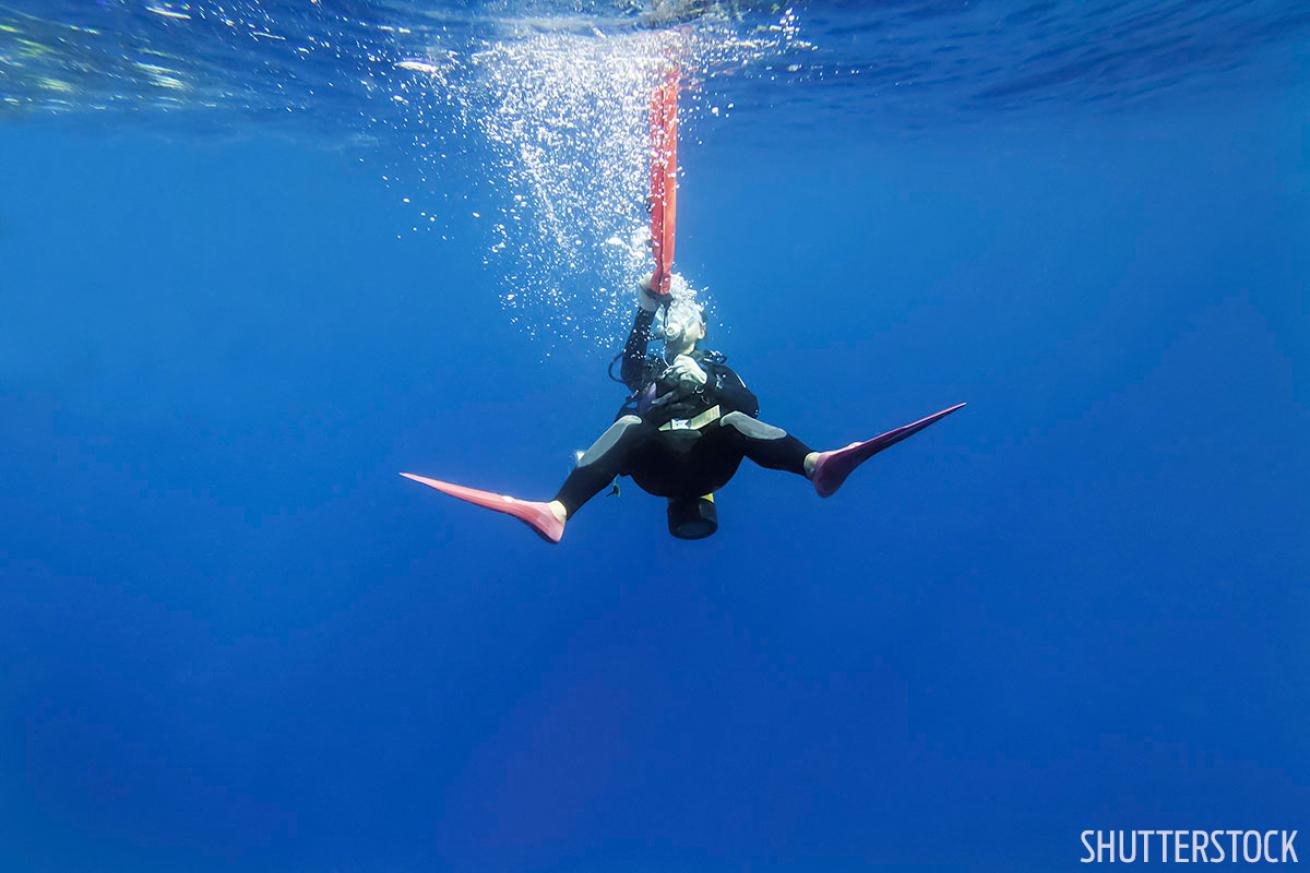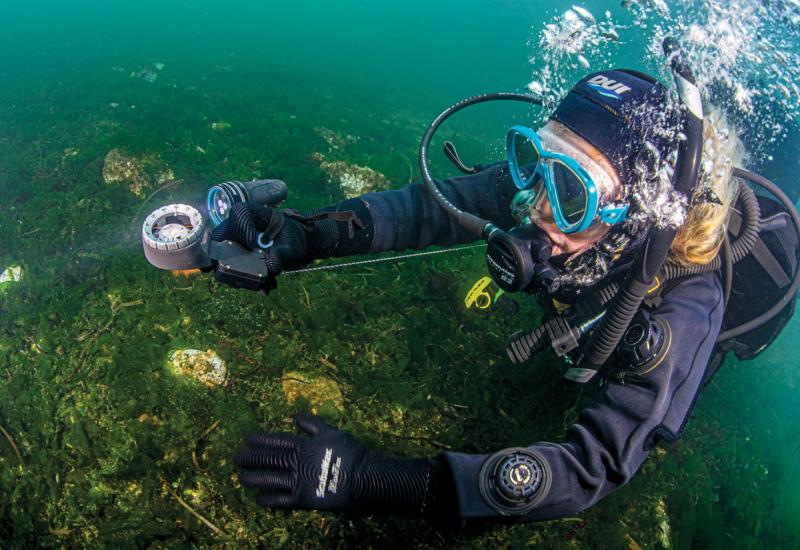5 Tips For Surface Signaling
Getting separated from the boat is a scuba diver’s worst nightmare. Even worse is seeing the boat, but the crew can’t see you. That’s why all divers should have and know how to use surface signaling devices — they just might save your life.

Shutterstock5 tips for surface signaling for scuba divers.
1. BE SEEN AND HEARD
Carry visual and audible signaling devices on every dive: at minimum, an inflatable signal tube and a whistle, but also consider a signal mirror, a strobe or light stick, and an air horn that connects to your low-pressure inflator hose.
2. DON’T WAIT TO DEPLOY
If you can’t reach the boat, deploy your signal tube immediately to get the crew’s attention. Then sound the alert with your whistle or air horn and flash the boat’s wheelhouse repeatedly with your signal mirror.
3. HOLD IT HIGH
The farther you are from the boat, the harder it is to be seen, especially in rough seas. A signaling device that reaches high above the swells improves your chances. That’s why your signal tube should be at least 6 feet tall — 10 feet is even better.
4. MARK YOUR POSITION
On some dives, especially live-boat drifts, you should tow a surface marker buoy. This signal tube — attached to a line and reel — floats above you throughout your dive, allowing the captain to follow your position from a safe distance.
5. LIGHT UP THE NIGHT
An emergency strobe or light stick is essential while night diving. They can be attached to the end of your signal tube to make you more visible. You can also signal the boat by waving your dive light side to side.
Check out ScubaLab's Surface Signaling Gear Review.










